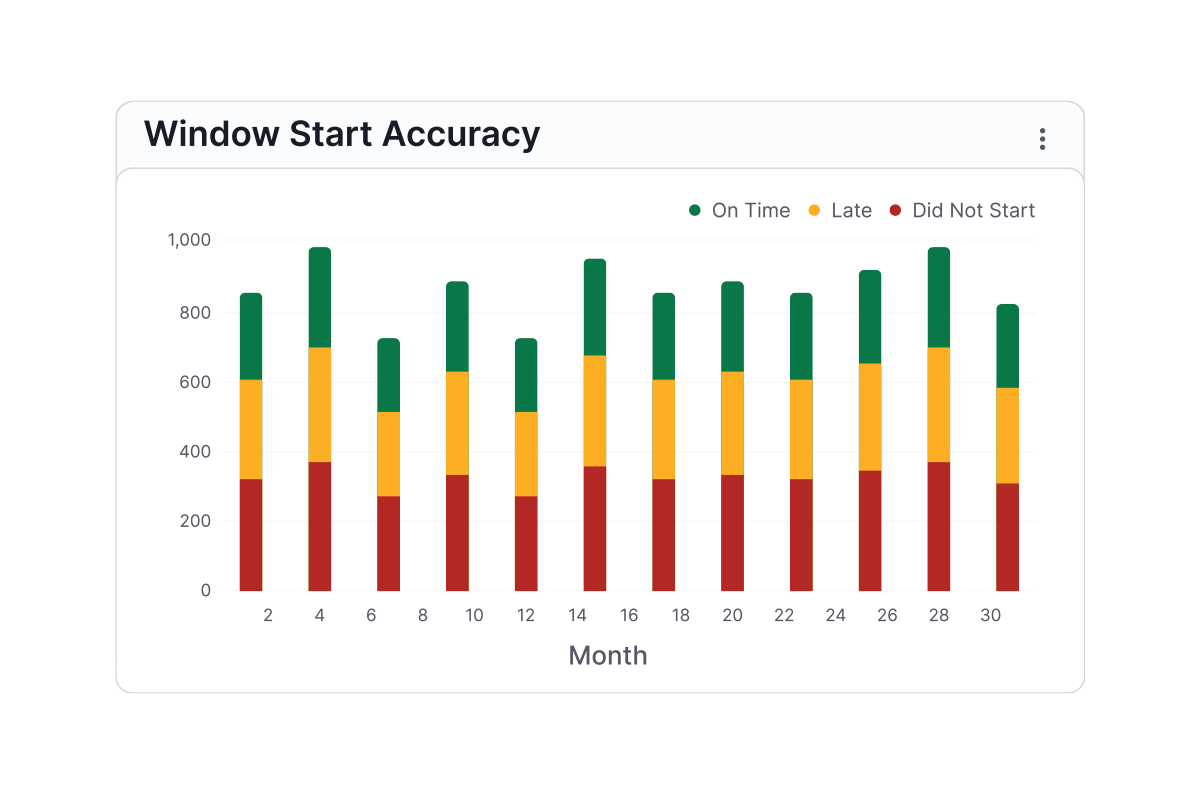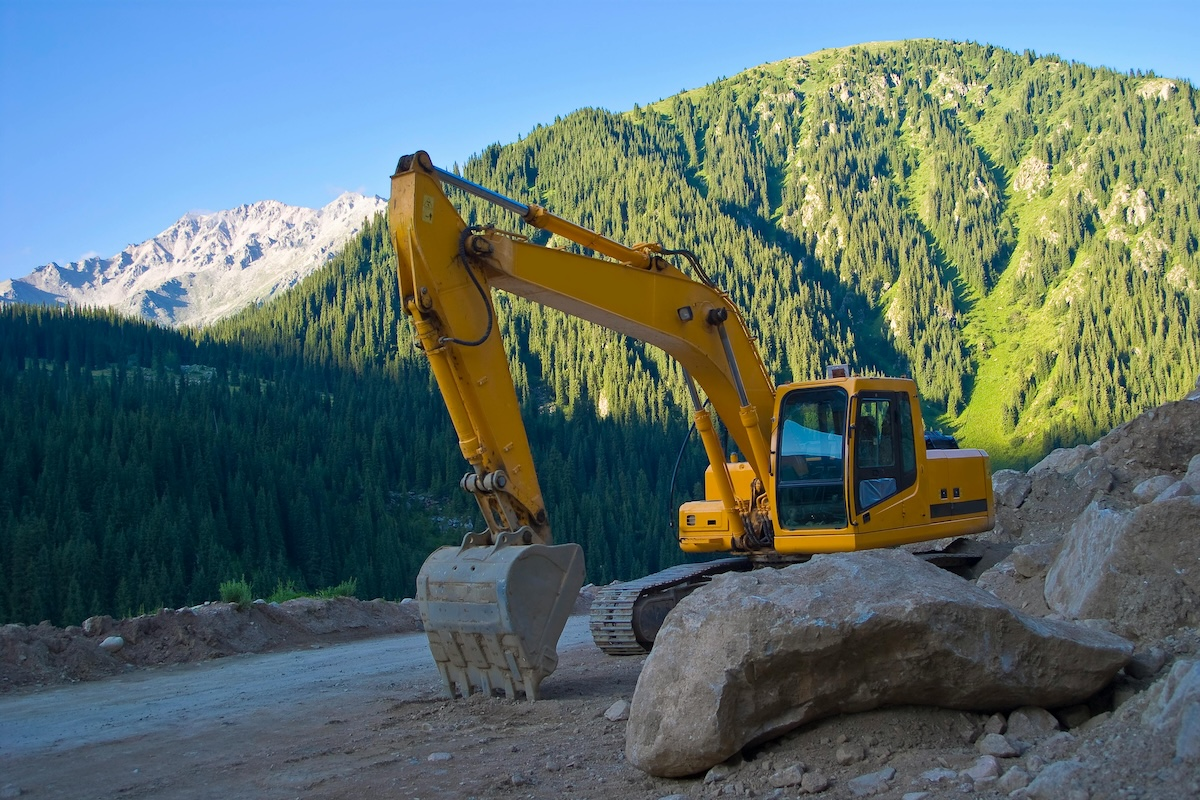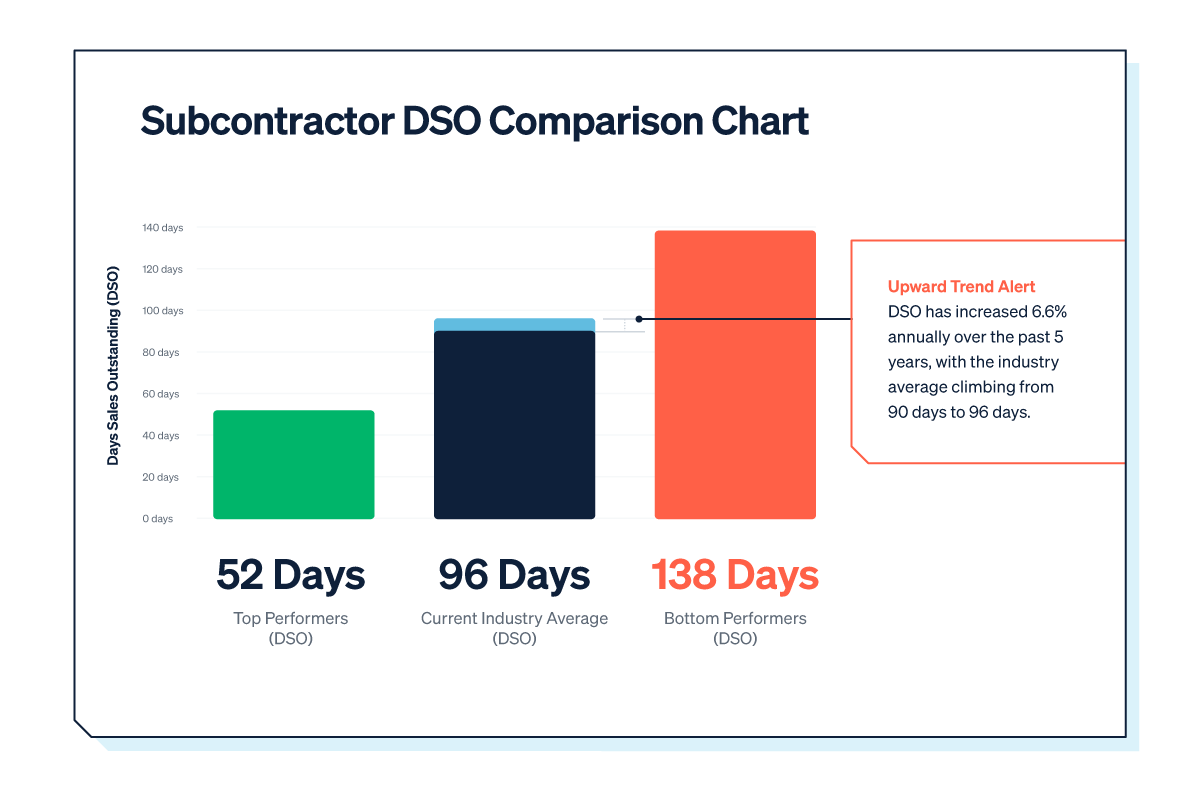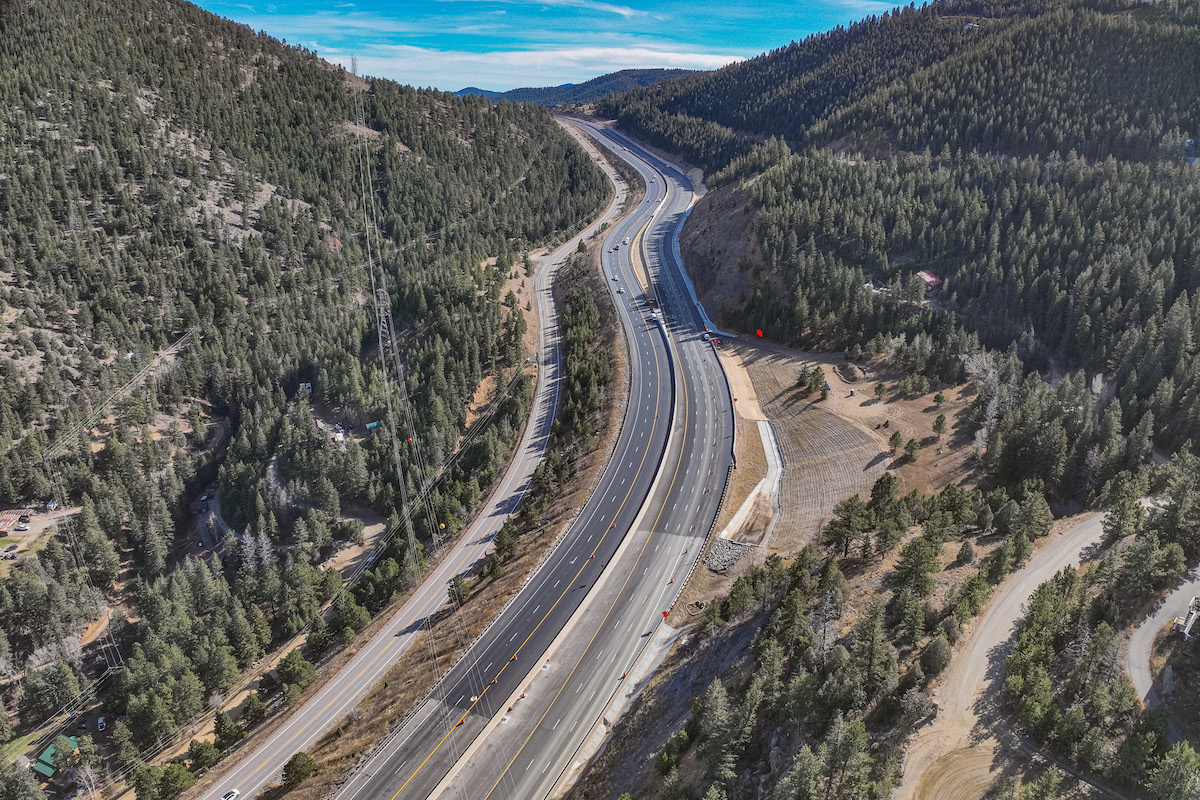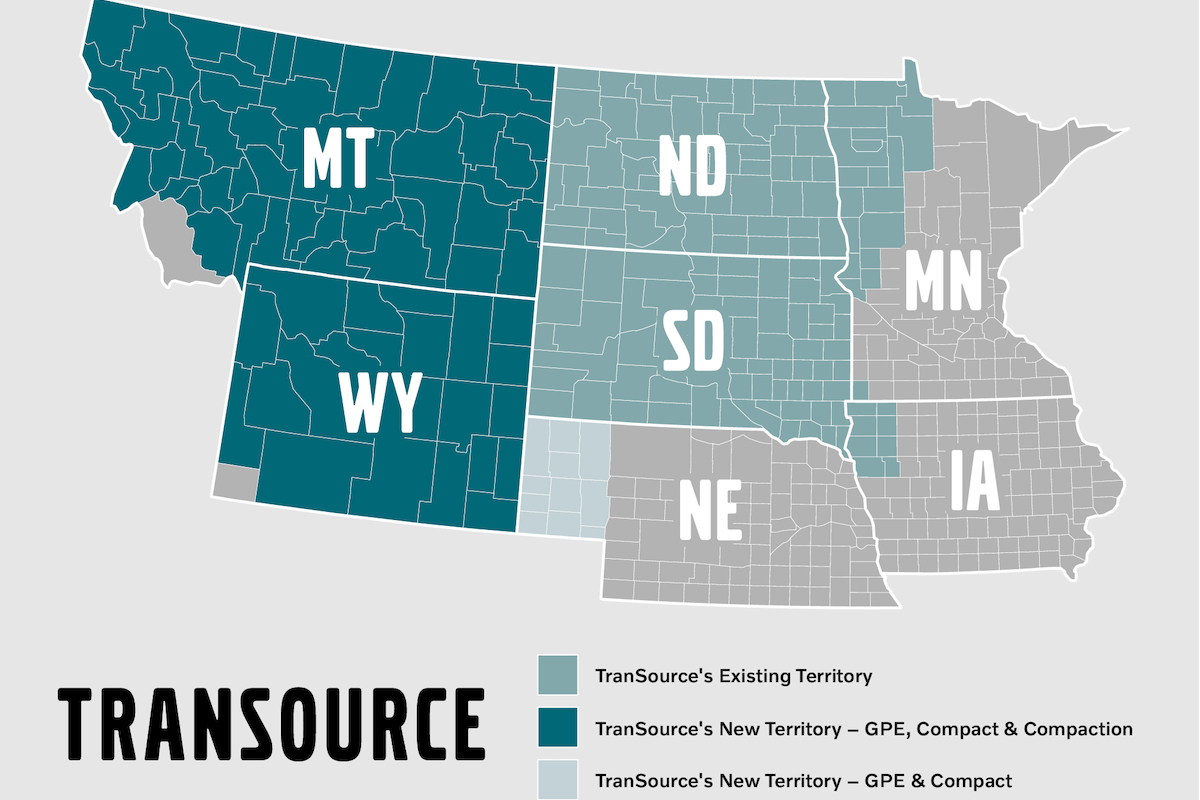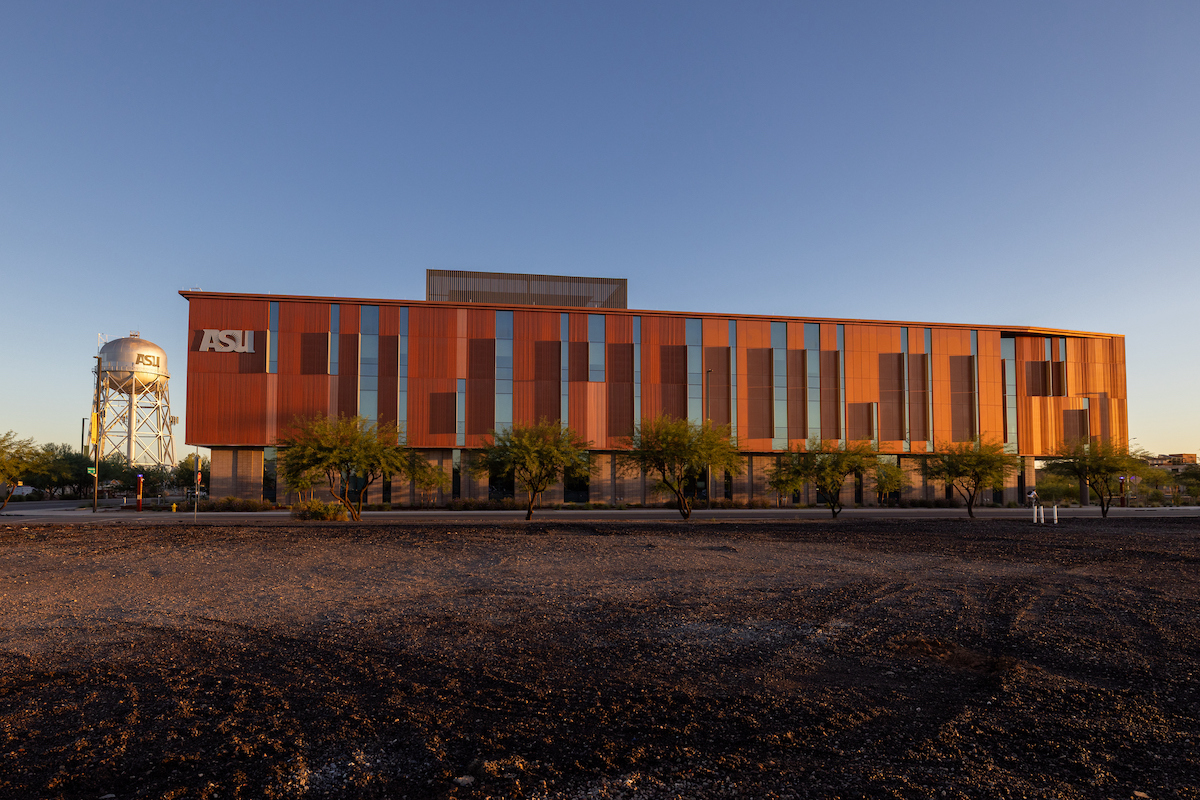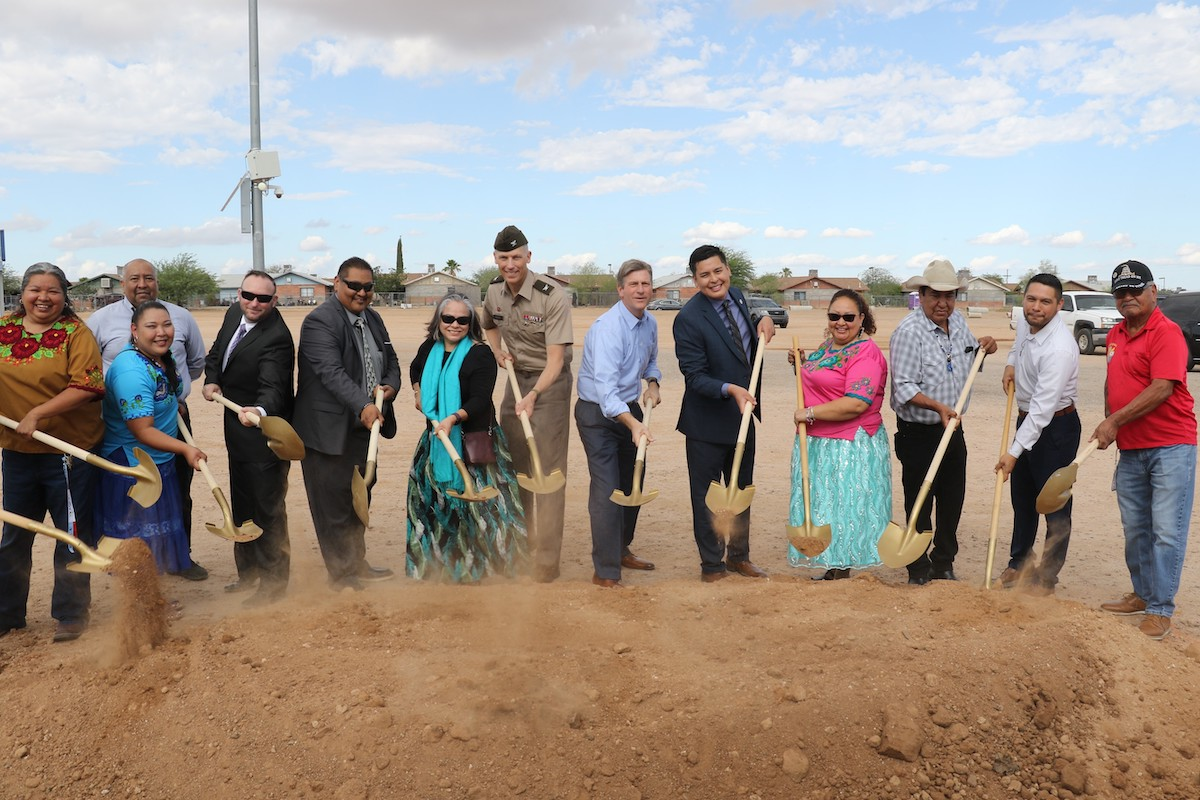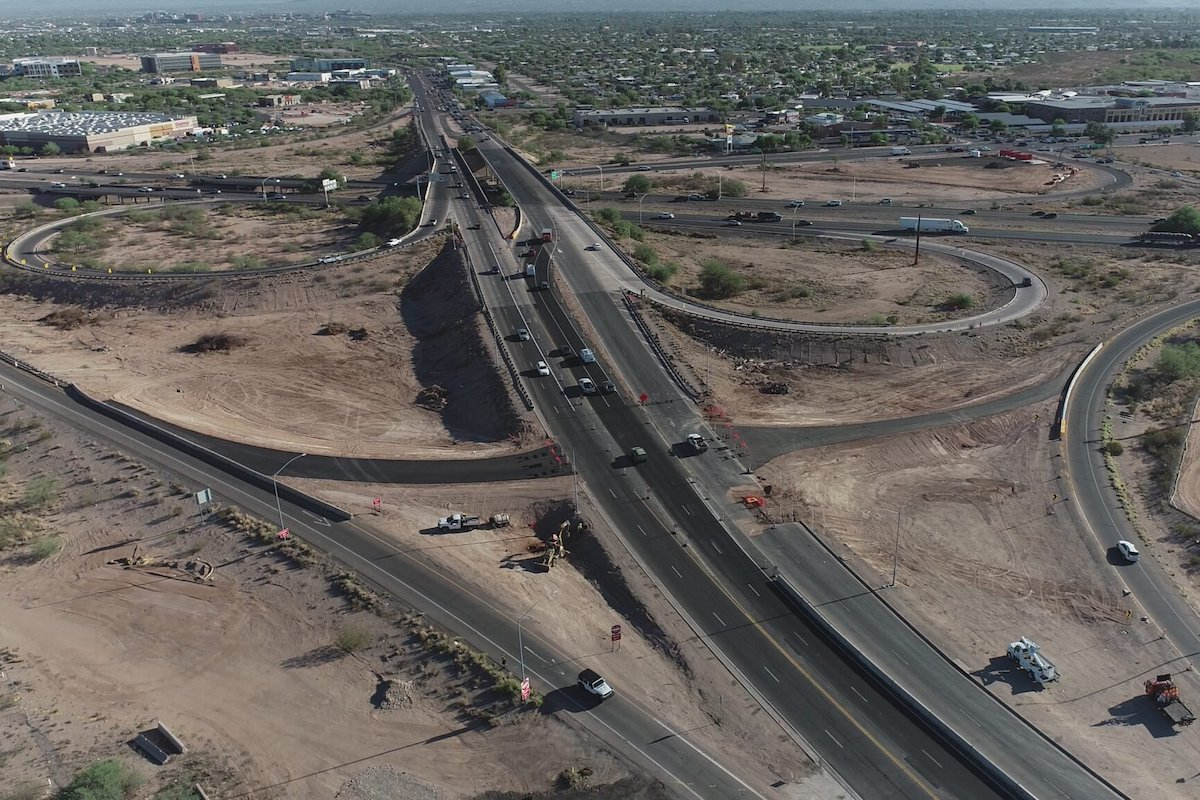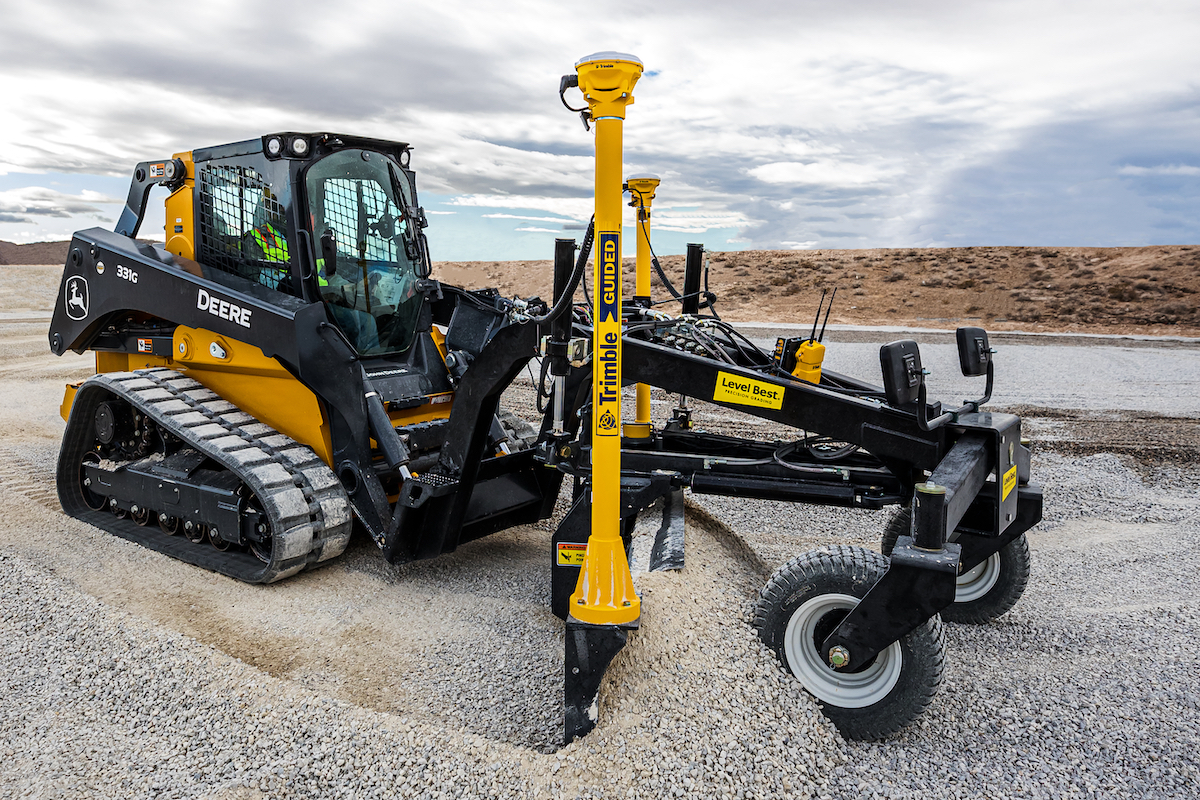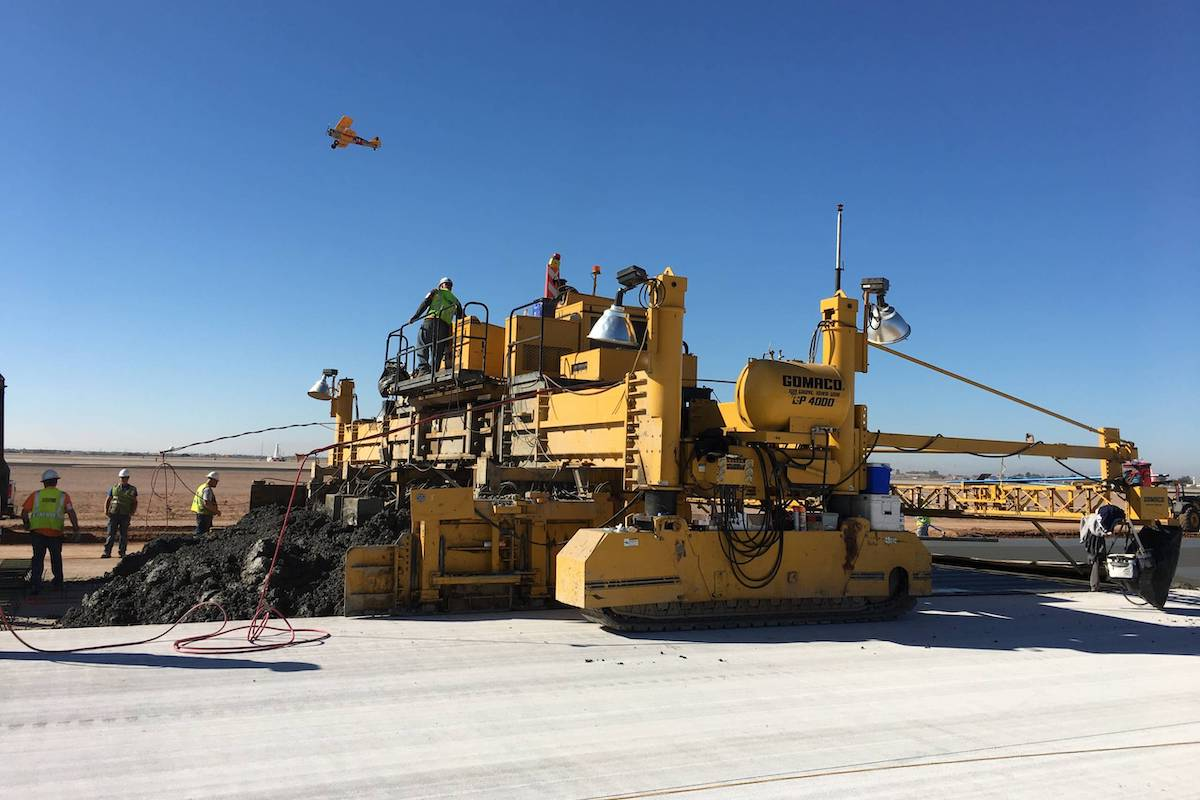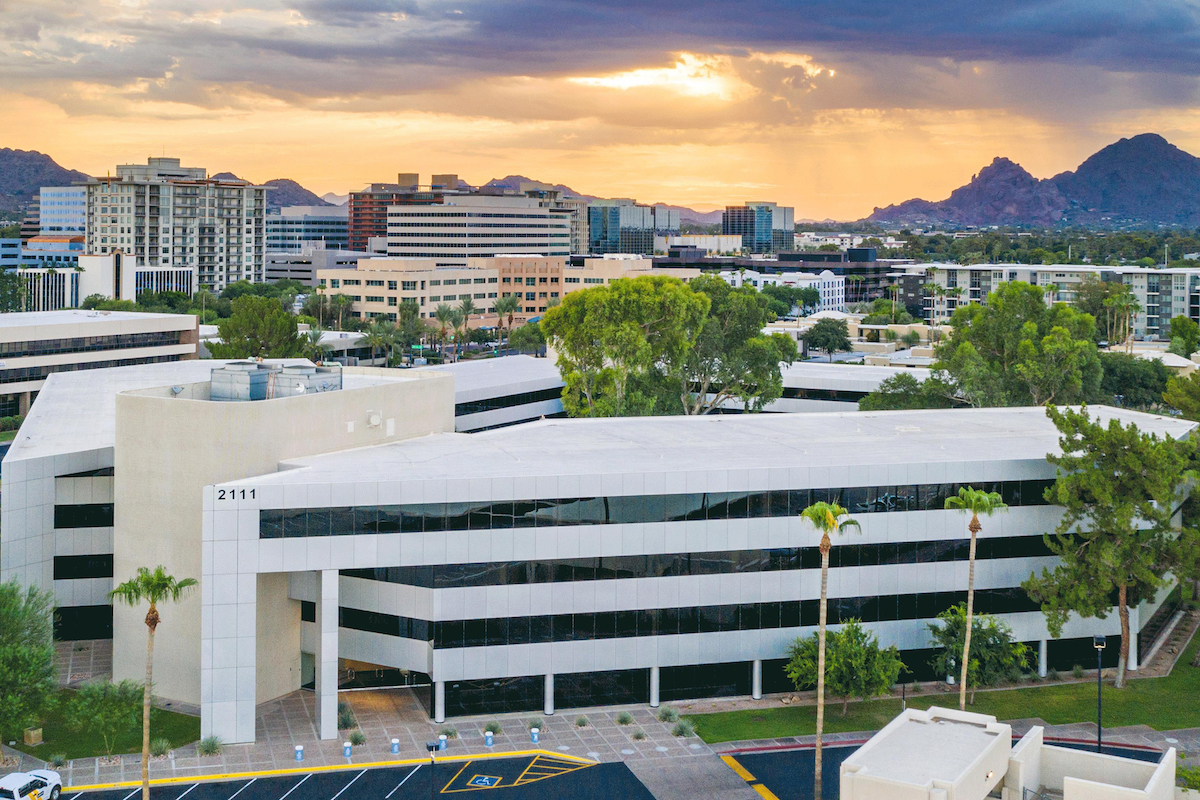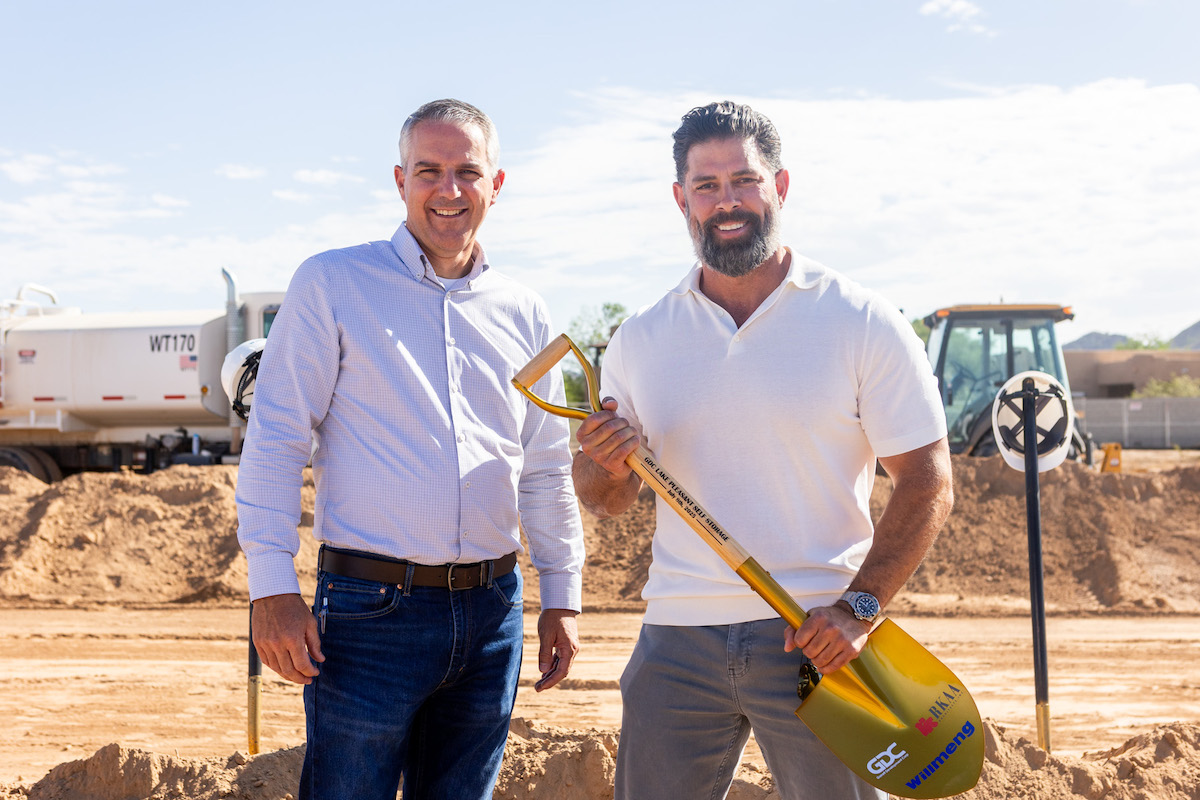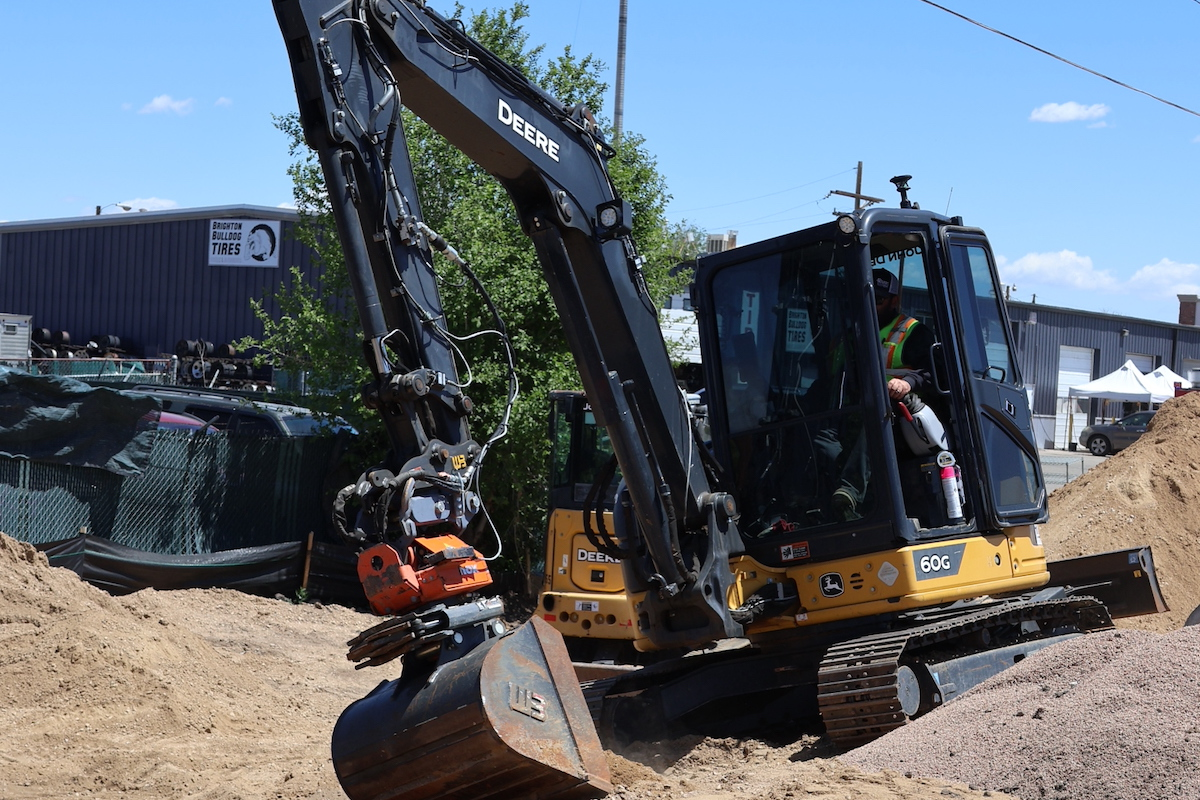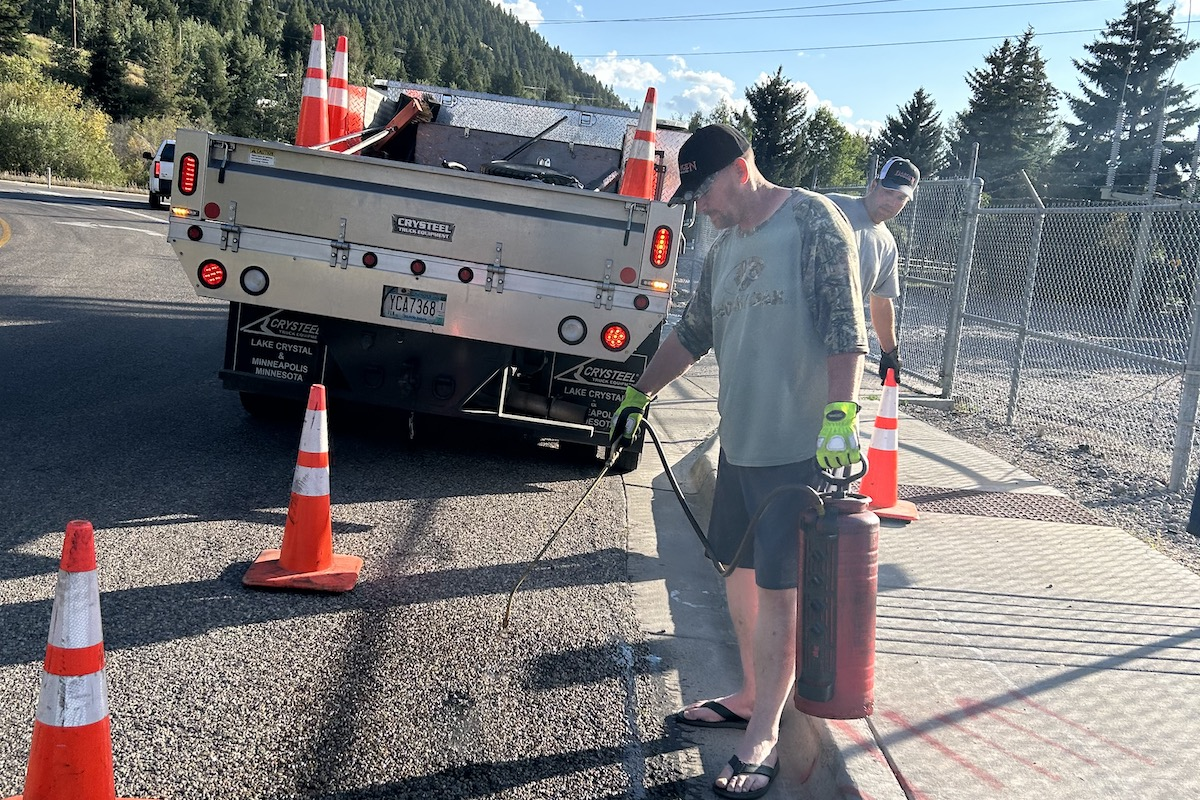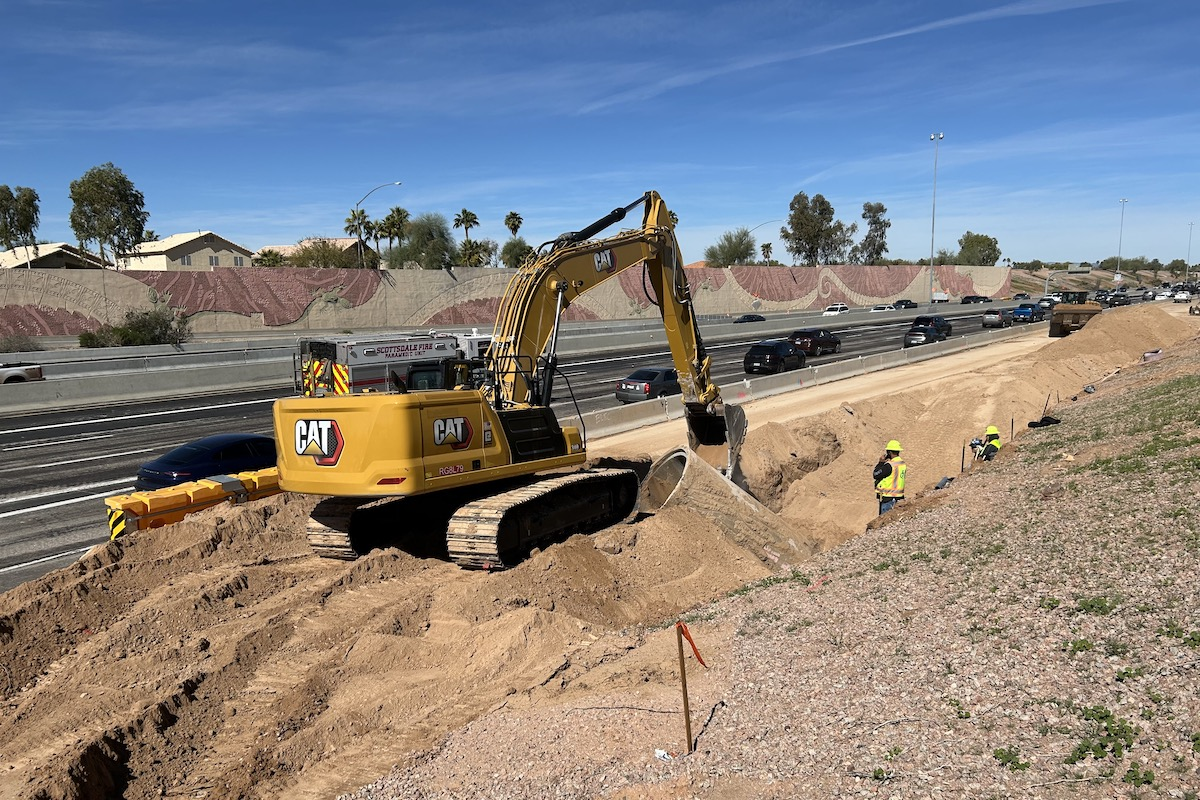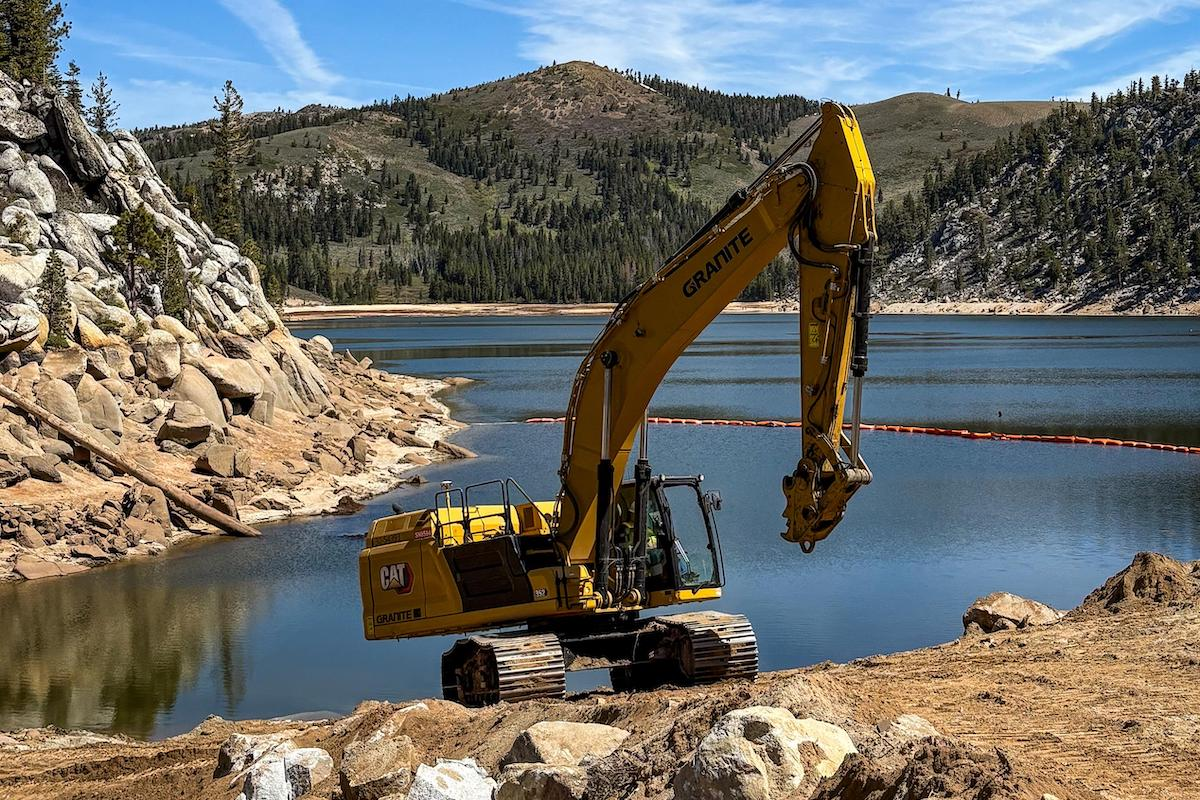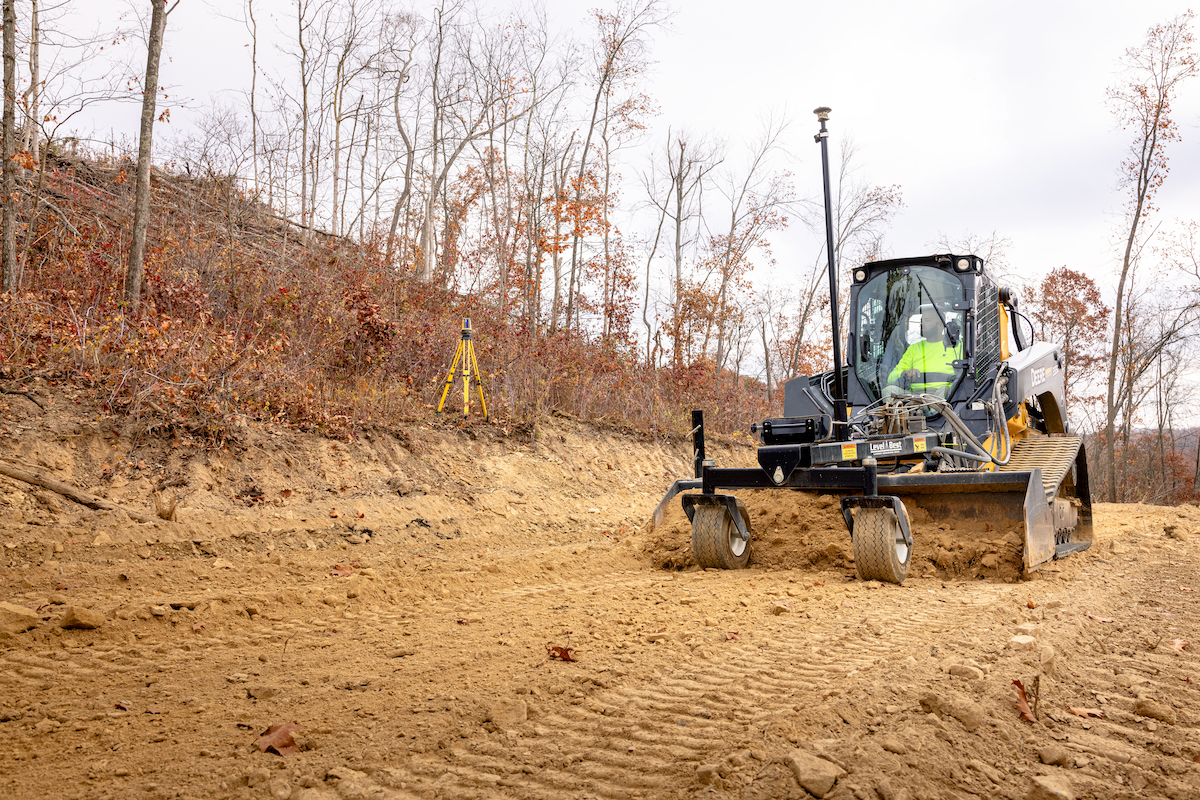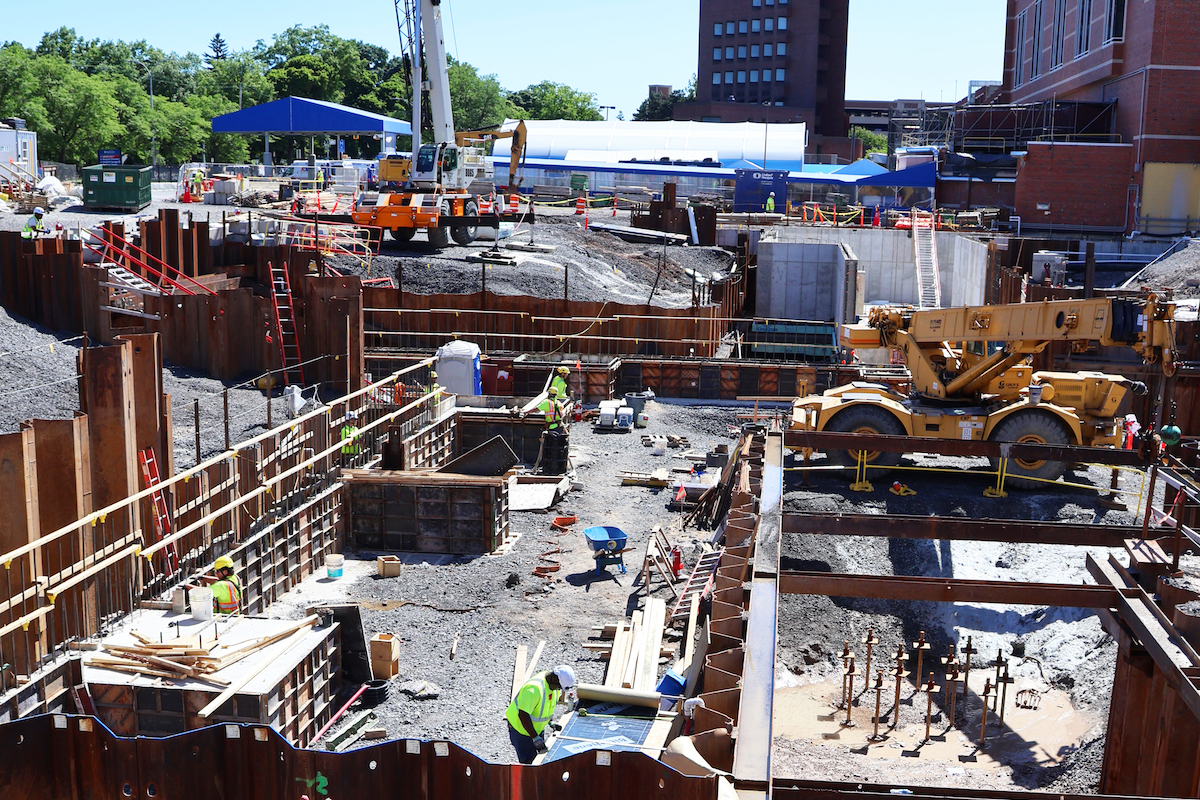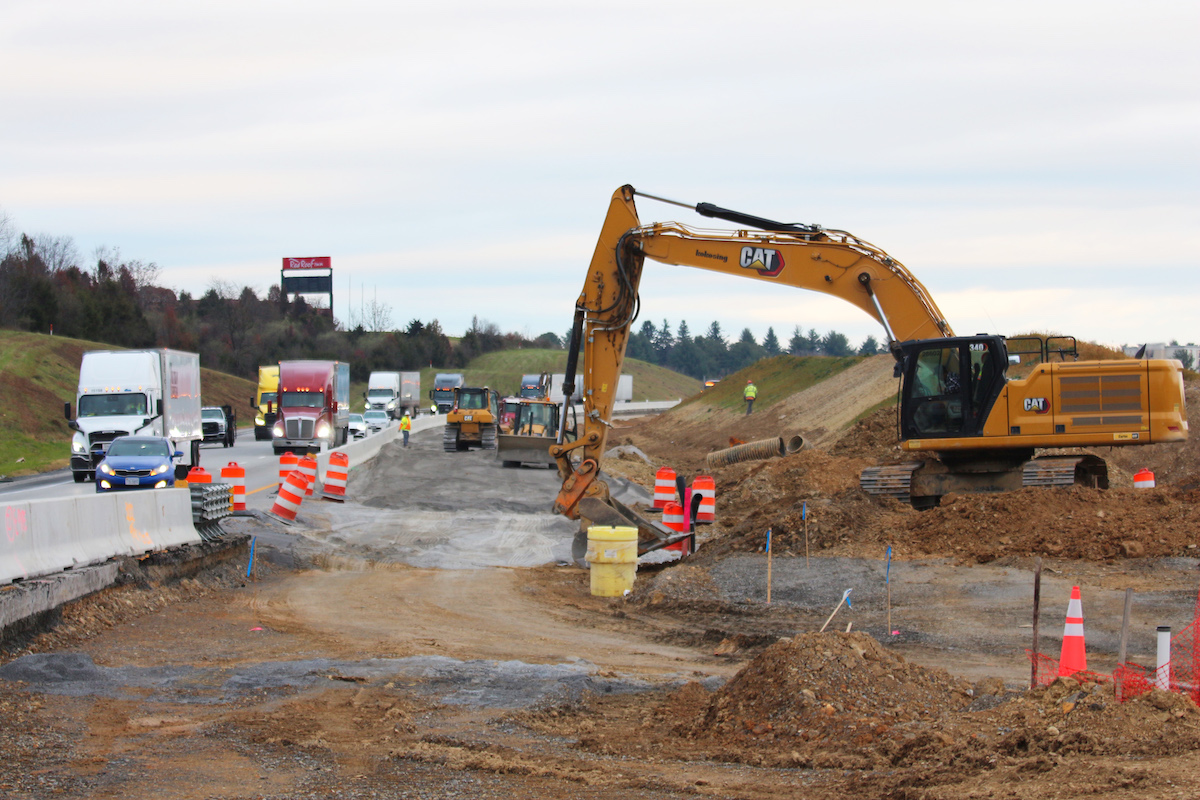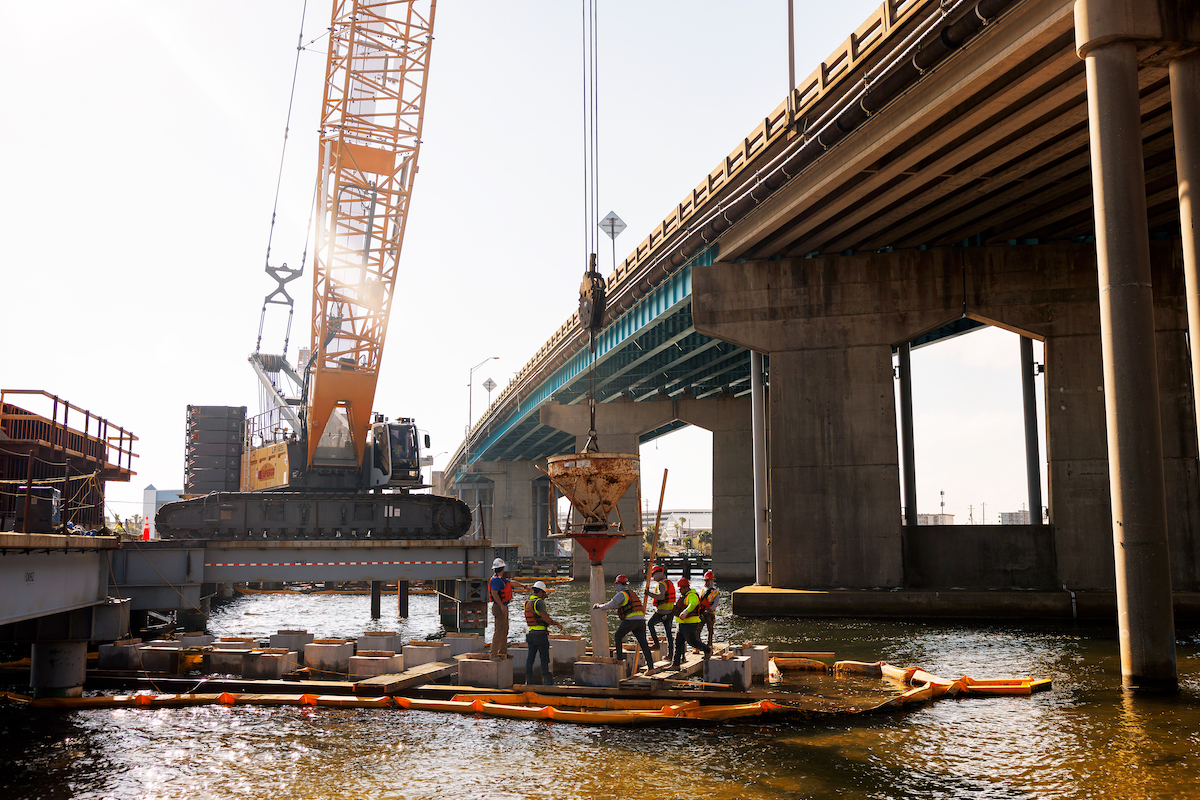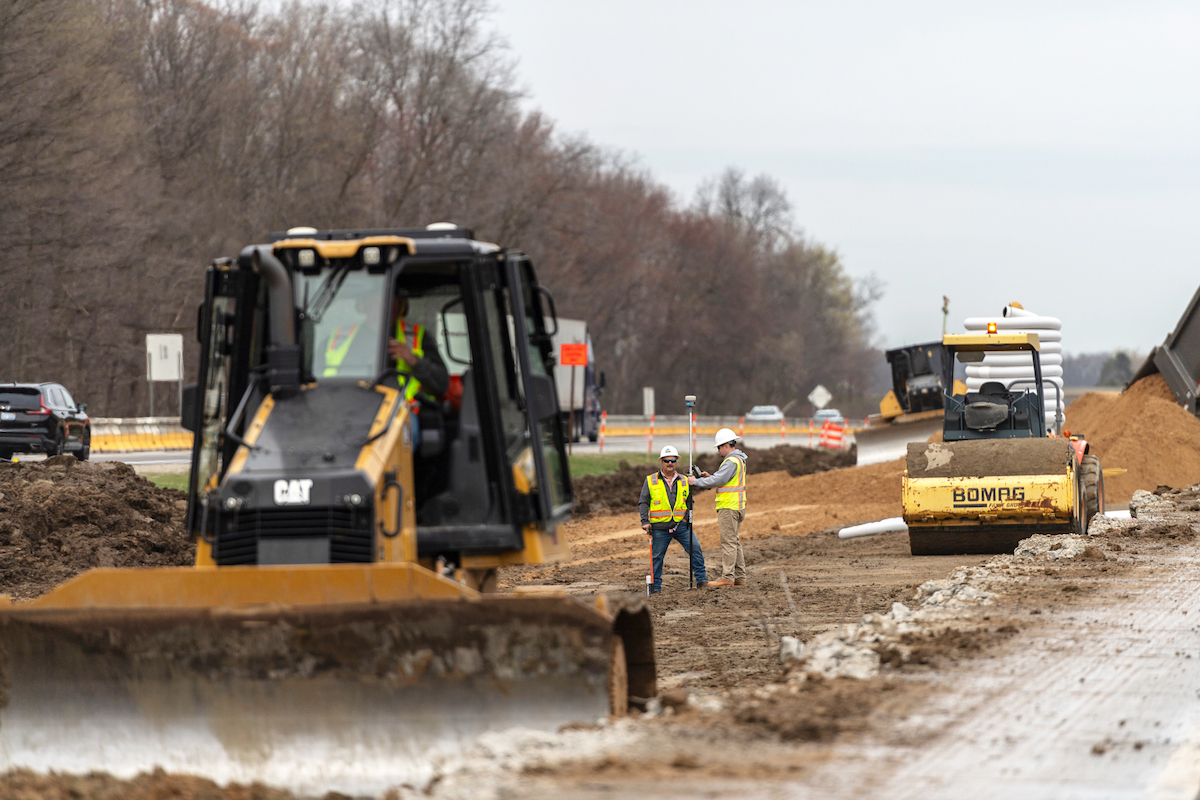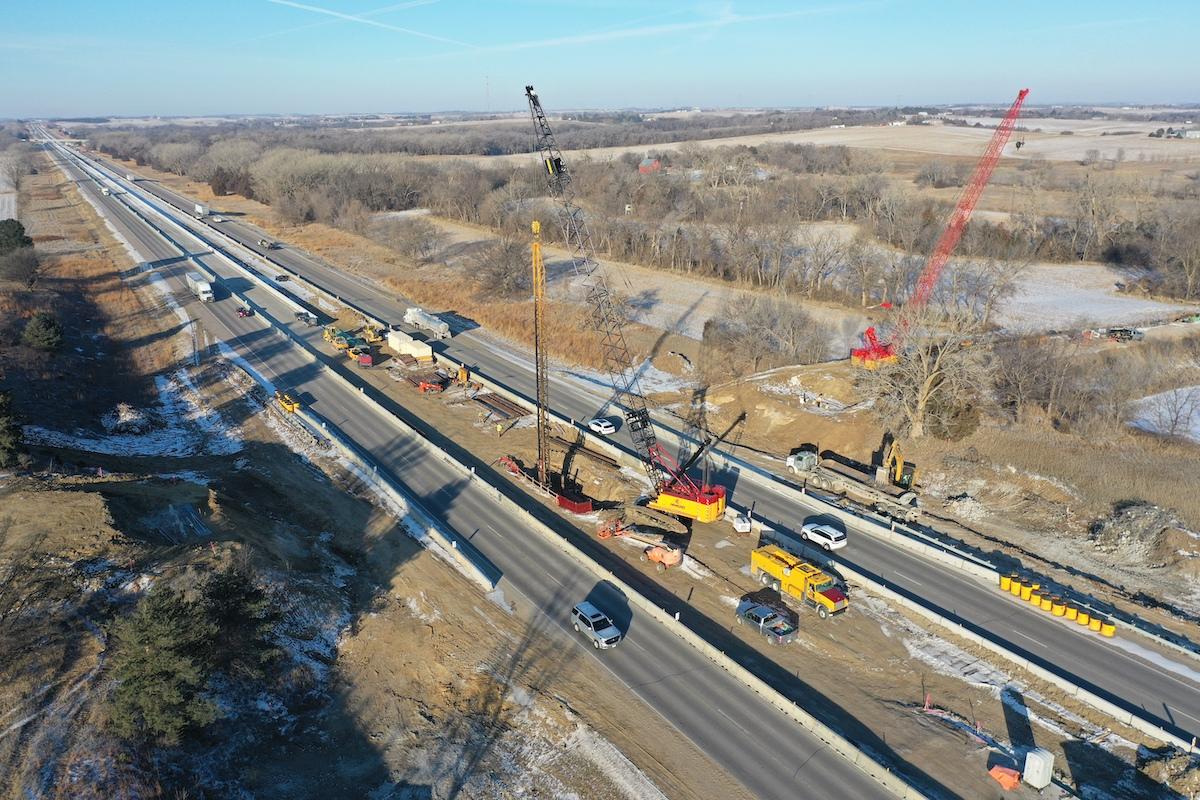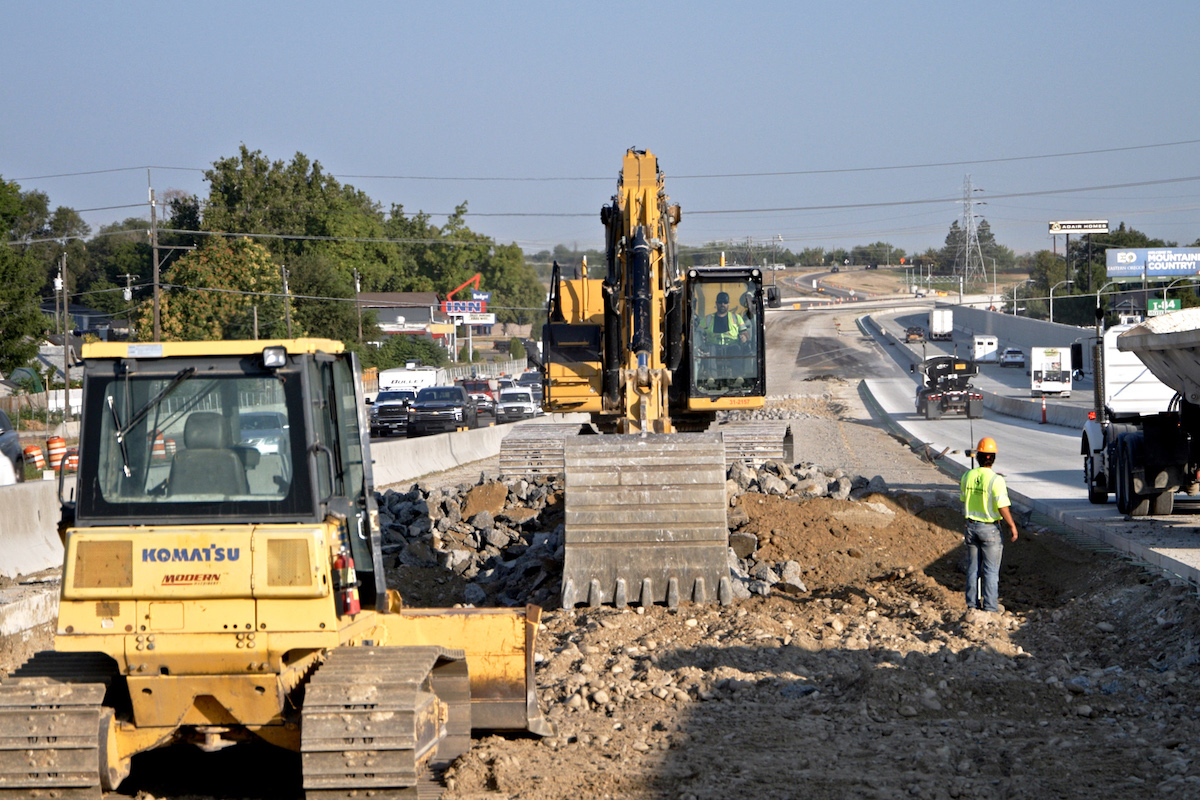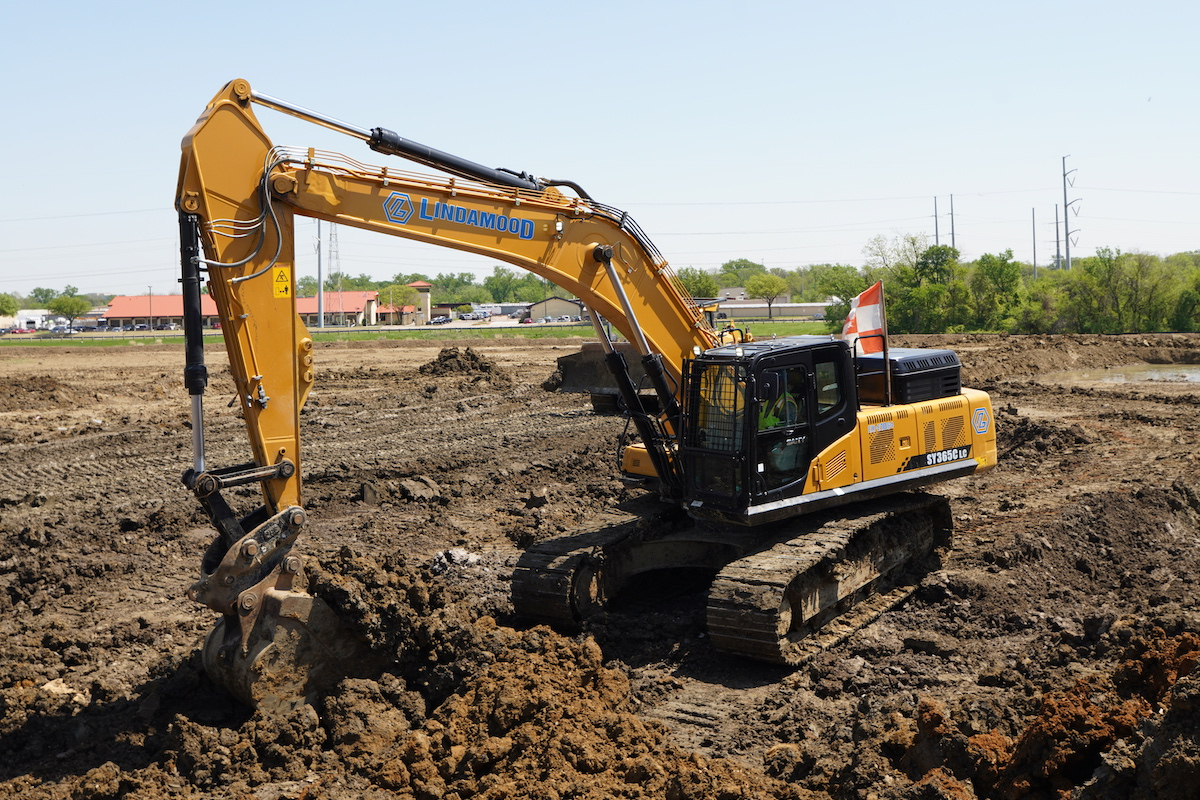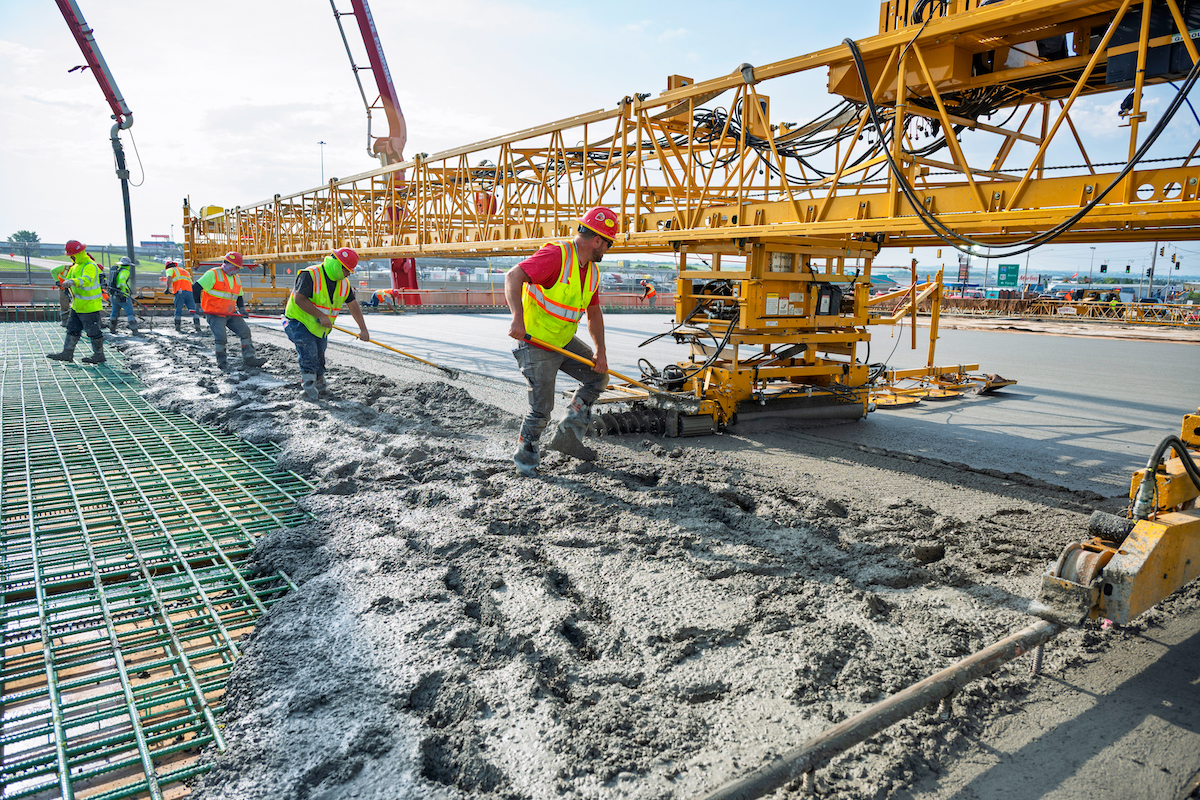SALT LAKE CITY, UT — The Utah Section of the American Society of Civil Engineers (ASCE) releases the 2025 Report Card for Utah’s Infrastructure, assigning 12 categories of infrastructure a cumulative grade of C+, which is unchanged from the last report card in 2020. Utah is one of only three states with a C+ grade, the highest grade ASCE has ever assigned to a state’s infrastructure.
Utah roads received a B+ grade. In 2023, state lawmakers approved the largest investment ever in Utah’s transportation funding, committing to more than $14 billion in upgrades and new construction over the next six years to help build or expand roads and highways in all parts of the state. Roughly 95 percent of roads in the state are in good or fair condition, and the state’s transportation asset management plan has prioritized proactive maintenance on the state’s most-traveled highways.
Utah’s bridges saw a one-step grade decrease to a B in the 2025 report card. In 2020, 38 percent of bridges in the state were in good condition, compared with 22 percent in 2024. While the state has worked to prioritize preservation, rehabilitation, and replacement of bridges, rapid increases in construction costs and an aging bridge inventory mean that existing funding levels can no longer support the number of bridge projects the state has historically supported. If the state does not accelerate bridge construction, it would take more than a century at the current pace to replace all existing bridges in Utah.
Utah’s drinking water grade is unchanged at a B-. Existing water sources are facing additional stress due to regular drought conditions, decreased winter snowpack, and the increasing number of people and businesses in Utah. This means that the state and its water conservancy districts must find additional water sources, many of which are located far from population centers, requiring water utilities to build new pipelines and distribution systems. The Utah State Water Plan estimates that needed improvements and repairs to the state’s water infrastructure will total $38 billion between now and 2060.
The grade for Utah’s dams remained a C+ on the 2025 report card. Only 52 percent of Utah’s high-hazard potential dams are in satisfactory condition. It will take approximately $450 million in funding to bring all the state’s high-hazard potential dams up to satisfactory condition. Utah’s levees received the lowest grade on the report card, a D-, the same grade as in 2020. These levees protect more than $13 billion worth of property and infrastructure. Most levees in the state are more than 60 years old, and very little is known about their current condition or the details of their construction. Utah’s canals, which received a D+ grade, are also part of the state’s flood management plan. Most canals were built in the 1800s for irrigation purposes, and since many of them are privately owned, there is limited information available on their condition.

| Your local Gomaco dealer |
|---|
| Faris Machinery |
| Tri-State Truck & Equipment Inc |
Utah’s investment in aviation infrastructure helped increase the grade to a C+, which is a one-step increase from the 2020 report card. The new terminal at Salt Lake City International Airport (SLC) has helped prepare Utah’s biggest airport for the future. In 2023, nearly 13 million people boarded planes at SLC. Upon completion in 2027, the airport will be capable of handling 34 million passengers annually.








